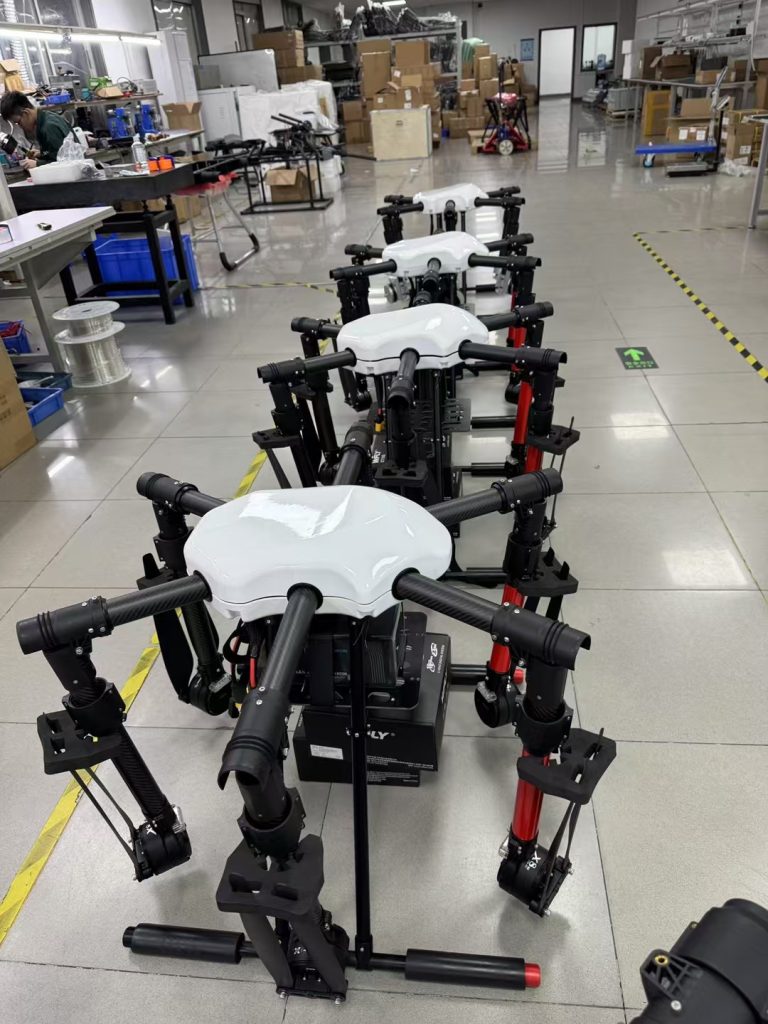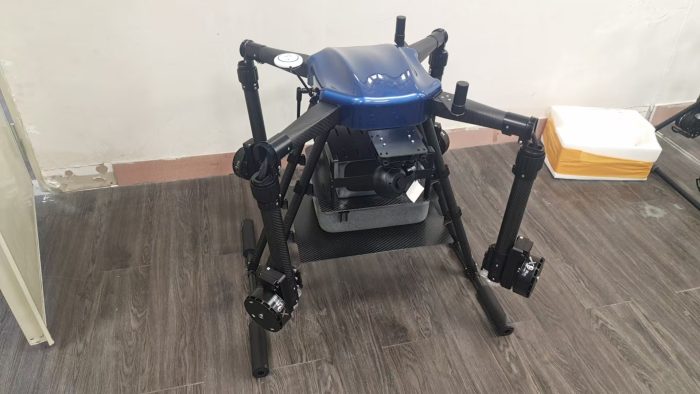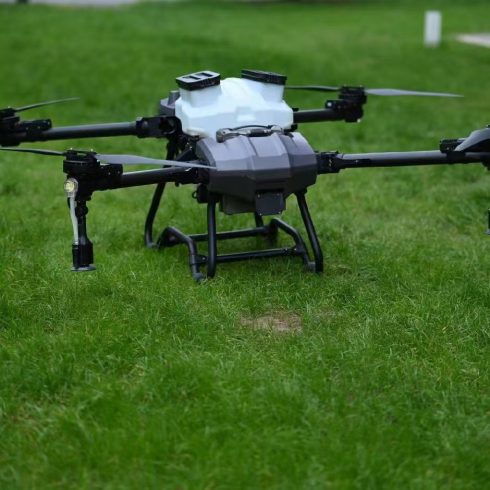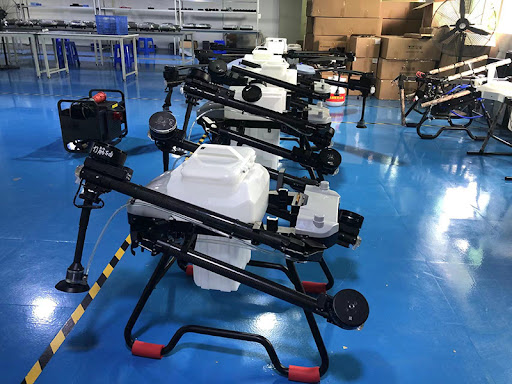
The global logistics industry is undergoing a silent yet profound transformation as autonomous drones emerge not just as tools for efficiency, but as champions of sustainability. With the climate crisis intensifying, businesses and governments are turning to drone technology to decarbonize supply chains, reduce waste, and reimagine how goods move across borders. This article explores how drones are driving the next wave of green logistics, backed by data, real-world applications, and insights into their transformative potential.
—
Why Drones Are the Future of Sustainable Logistics
1. Carbon Footprint Reduction
– Zero Emissions: Battery-powered drones produce 80% fewer CO₂ emissions per ton-mile compared to diesel trucks. A 2023 study by the International Energy Agency (IEA) found that replacing 20% of last-mile deliveries with drones could cut urban carbon emissions by 15%.
– Energy Efficiency: Drones consume 60% less energy than electric vans for the same payload, making them ideal for short-haul, high-frequency routes.
2. Resource Optimization
– Reduced Packaging Waste: Lightweight drone pallets use 40% less packaging material than traditional crates, minimizing landfill waste.
– Fuel Savings: By bypassing road congestion, drones reduce idle times and fuel consumption. For example, Amazon’s Prime Air reported a 30% reduction in fuel use during pilot programs.
3. Circular Economy Integration
– Reusable Drones: Companies like Zipline design drones with modular, recyclable components, extending lifespans by 3–5 years.
– Biodegradable Payloads: Compostable packaging materials are being tested for drone deliveries, eliminating plastic waste in remote regions.
—
Innovative Applications of Sustainable Drone Freight
1. Green Supply Chains
– Renewable Energy Transport: Drones deliver solar panels and wind turbine parts to remote renewable energy sites, accelerating global decarbonization efforts. Siemens’ “Green Drone Fleet” reduced installation timelines by 40% for offshore wind projects.
– Circular Agriculture: In Japan, drones transport organic fertilizer from urban composting hubs to farms, reducing chemical fertilizer use by 25%.
2. Humanitarian Aid with a Green Twist
– Climate-Resilient Deliveries: In Bangladesh, drones deliver drought-resistant seeds to farmers during monsoon seasons, bypassing flooded roads. The UN’s World Food Programme (WFP) reported a 50% increase in crop yields for participating communities.
– Plastic-Free Relief: Drones transport emergency supplies using biodegradable packaging in disaster-stricken regions like Haiti.
3. Urban Green Mobility
– Zero-Emission Last-Mile: Barcelona’s drone network delivers groceries to households using solar-powered hubs, cutting the city’s logistics carbon footprint by 12%.
– Smart Waste Management: Drones collect recyclables from high-rise buildings in Singapore, sorting materials mid-air using AI vision.
—
Challenges and Eco-Friendly Solutions
1. Battery Waste Management
– Problem: Lithium-ion batteries in drones contribute to e-waste.
– Solution: Companies like DJI are developing solid-state batteries with 3x longer lifespans and 100% recyclable cores.
2. Wildlife Impact Mitigation
– Problem: Drone noise disrupts bird habitats.
– Solution: “Silent Flight” propellers and AI-powered flight path algorithms minimize disturbances. A 2024 study in Norway showed a 70% reduction in bird collisions using these technologies.
3. Renewable Energy Integration
– Solar-Powered Charging Stations: Drones at Schiphol Airport recharge via solar canopies, operating 24/7 with zero grid dependency.
– Hydrogen Fuel Cells: Airbus’ H360 drone uses hydrogen cells, emitting only water vapor during flights.
—
The Economics of Sustainable Drone Freight
Cost-Benefit Analysis
Metric Traditional Logistics Drone Freight
CO₂ Emissions per TonMile 1.2 kg 0.24 kg
Cost per Delivery $8–12 $3–5
Energy Consumption 5 kWh/mile 2 kWh/mile
Market Growth Projections
– The sustainable drone logistics market is forecast to reach $27 billion by 2035, driven by:
– Carbon Tax Incentives: Governments offering subsidies for drone adoption (e.g., EU’s €500 million green logistics fund).
– Consumer Demand: 68% of shoppers prefer brands using eco-friendly delivery methods (Nielsen 2024).
—
Future Trends Shaping Eco-Conscious Drone Freight
1. AI-Optimized Green Routing
– Machine learning models will calculate the most energy-efficient routes, factoring in wind patterns and solar exposure.
2. Bio-Inspired Design
– Drones modeled after birds (e.g., albatross glide technology) could reduce energy use by 50%.
3. Blockchain for Carbon Tracking
– Smart contracts will automate carbon credit allocation for drone deliveries, incentivizing green logistics.
4. Global Green Drone Alliances
– Initiatives like the Climate Drone Coalition aim to standardize sustainability metrics and share best practices worldwide.
—
Conclusion
Sustainable drone freight is not just a technological leap—it’s a moral imperative in the fight against climate change. By slashing emissions, optimizing resources, and fostering circular economies, drones are paving the way for a greener, more equitable logistics landscape. While challenges like battery waste and regulatory fragmentation persist, innovations in renewable energy, AI, and global collaboration are turning these obstacles into opportunities. Businesses that adopt drone freight today aren’t just future-proofing their operations—they’re leading a revolution that redefines how goods move, communities thrive, and ecosystems heal. The sky isn’t just the limit; it’s the beginning of a sustainable new era.












暂无评论内容